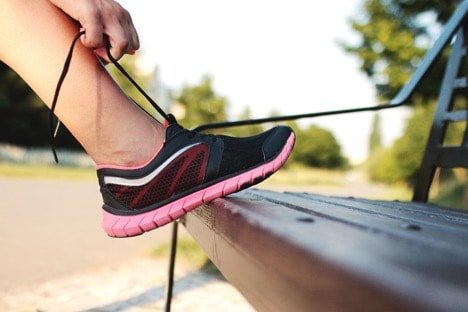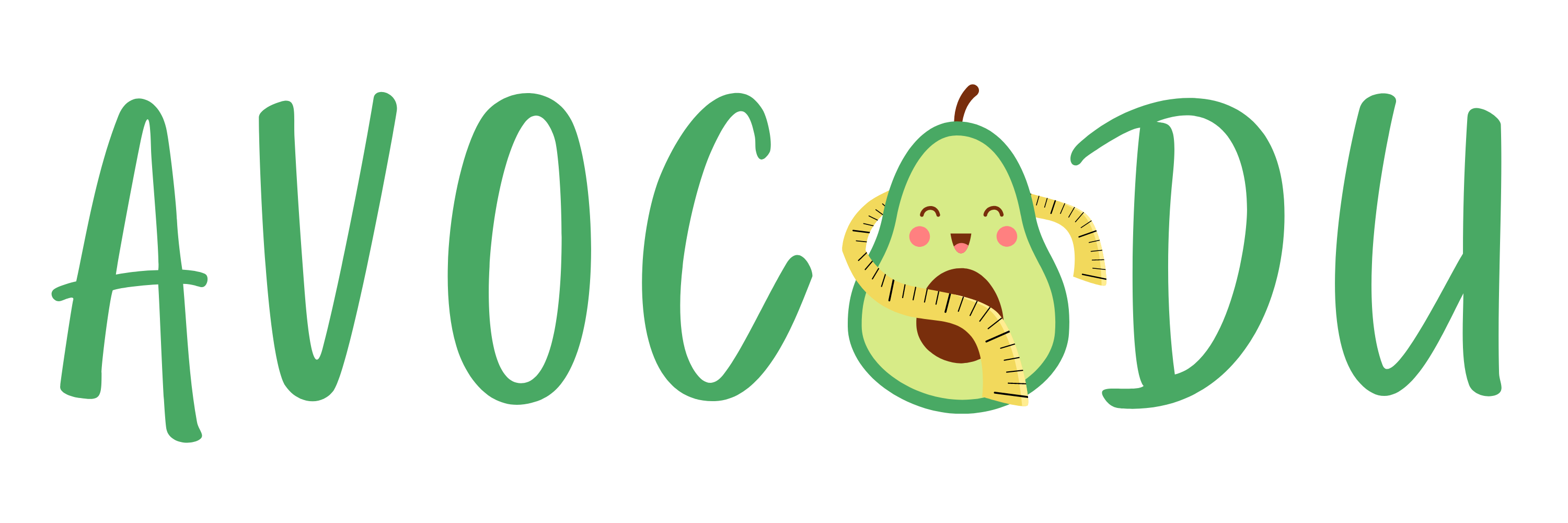How to Use a Bullet Journal for Weight Loss: 5 Action Goals
Have you ever heard of a bullet journal?
About three—maybe four—years ago a NYC designer by the name of Ryder Carroll found himself needing a way to keep track of his thoughts, ideas, and to-dos. He devised a basic system that he referred to as rapid logging.
This system allowed him to keep all of the above in one handy place.
As many have subsequently discovered, the system has a multitude of uses.
More than just a journal that helps you remember events and appointments, it’s a system that can help you keep track of your past, organize your present, and ultimately plan for your future.
For some, particularly those who haven’t fully embraced digital life, the simplicity of this pen and paper journaling is a huge draw.
A bullet journal is a combination:
- Calendar
- Diary
- Notebook
- Sketchbook
- To-do List
Here’s a video by the originator of the bullet journal himself, just to give you an idea of the overall concept:
Here’s a quick translation of some of the terminology used in the video.
- Index – This is basically a table of contents
- Daily Log – Your daily goals. What you plan to do today and what you did do today
- Monthly Log – Your basic monthly calendar listing your goals for the month and anything that got missed from the previous month that you still need to do
- Rapid Logging – The symbols you choose to reference your goals with
- Key – A spot where you have a reference to what your symbols mean
- Future Log – This is the equivalent of a year at a glance calendar where you can list out any long-term goals
This post may contain affiliate links, which helps keep this content free. Please read our disclosure for more info.
But How Could a Bullet Journal Help You Lose Weight?
Now let’s put that in the context of your wellness and weight loss goals. Most of us who have dieted or tried to make lifestyle changes around food, have done so with a goal in mind, right? At least a fairly general goal…
“10 pounds, 20 pounds, etc.”
Bullet Journals are a great tool to use for setting goals and tracking your habits — in an organized manner (i.e. better than a mental or sticky pad note).
It’s long been said that writing down your goals can make you more accountable and often improves your performance.
Clear goals can also help you focus and avoid distractions. They can make it easier to get through the weight loss plateaus, the cravings, and the days that leave you wanting to binge.
Dr. Andrea Bonior, who has a B.A. in Psychology from Yale and a Ph.D. in Clinical Psychology from American University, is the voice behind the column Baggage Check in the Washington Post (1).
She states that “Just the act of writing things down might make us change our behavior.”
Could the mere step of writing our goals down and focusing on them really make it easier to attain them? Could creating and implementing a weight loss bullet journal really help you lose weight?
I say it’s certainly worth a try!
There is a good reason why weight loss bullet journals have become something of a phenomenon.
Many have taken the core concepts of the journal and started using one to keep track of their health or weight loss goals while keeping a log of things like their daily water intake, how many steps they’ve walked in a day, and depending on how they diet, things like number of calories or carbs they’ve consumed in a day.
Dr. Bonior, mentioned above, states that “Bullet journals lend an air of structure and organization that can feel comforting and allow us to view things more easily at a glance.”
The Steps to Creating a Weight Loss Bullet Journal
I shared a video above of the original bullet concept, but here is one that was done specifically for weight loss:
It’s not something you need to follow religiously, as she has incorporated quite a diverse assortment of workouts, and that may not interest you.
This is more so that you have a visual of what I’m suggesting.
There are no hard and fast rules when designing your bullet journal. It should be designed with YOU and your goals in mind!
You can make it look pretty if you want or make it look simple and straight-forward — just like your goals!
So, whatever works for you.
First, start off by defining your goals:
- How many pounds do you want to lose?
- How many inches would you like to lose?
- Do you have a timeframe you want to achieve these goals in?
- How much do you want to increase your activity?
- What activities do you want to add?
- What foods do you want to start including in your diet?
- What foods do you want to start excluding from your diet?
Those are a few goals to get you started. And maybe that’s more goals than you can handle. If so, that’s okay.
Pick a few that are most important to you and set them as your personal goals.
Remember that setting too many goals at once can drain and overwhelm you. Consider starting small with 1-2 simple goals and working towards adding more as you move along.
Most people say that it takes around 30 days to build a good, strong habit.
Try setting 1-2 goals for 30 days and then check back in after 30 days and see how you’re doing. If you’re still going strong, add another 1-2 new healthy goals to your bullet journal!
You could use that as a guideline to craft a weight loss bullet journal to use with our 21 Day Fat Loss Challenge.
Or perhaps create a chart of the foods you want to start avoiding replaced with the foods you should be eating instead.
There are so many different things you can do!
Setting Actionable Goals
I mentioned above that starting off with short-term goals may be the way to set goals, but I want to clarify that’s more than a passing suggestion.
Setting up a weight-loss bullet journal—or any type of weight loss plan for that matter—should be done in smaller steps, and the more weight you have to lose, the more important this is.

1. How many pounds do you want to lose?
Let’s say you want to lose 75 pounds.
You can do it! No question. But don’t set that 75 pounds as your goal.
Break it down into smaller, actionable goals.
It’s a lot easier to lose your way and get mired in doubt and uncertainty when your goal is too far-reaching.
For example, start by working towards losing your first 10 pounds. Then move up to 30. Then 75.
Reaching these “mini goals” will give you the motivation and encouragement to keep pushing forward! This is part of the beauty of the bullet journal concept. You are always looking at smaller, monthly goals.
However, if you watched the weight loss journaling video above, you’ll remember she broke her smaller goals down in a different way, so remember it’s all about you and your needs.
Pick a number that works for you. Over the course of a month, work towards that smaller goal.
Is setting a goal a month out too much for you? No problem!
Remember, this is your journal. If you would prefer to set your goals weekly, bi-weekly, or every 10 days, you can do whatever you want!
The next month—or week, whatever—you will rinse and repeat, having made another step toward your actionable goal.
2. How many inches do you want to lose?
Depending on your personal circumstances, maybe you’re more interested in losing inches than pounds.
Of course, the two typically go hand in hand, so if you’re losing pounds, you’re going to be losing inches too. In this case, take and record your measurements, and like suggested above, set smaller goals for yourself.
3. Increasing your activity.

Getting active, or getting more active, is an important, integral component of your weight loss journey.
An updated study that was initially done by the American College of Sports Medicine states that just over 4 hours of moderate physical activity during the week is associated with clinically significant weight loss.
The same level of activity done only 2.5 to 4 hours a week will also improve weight loss if its in conjunction with moderate diet restrictions (2).
For some who have led sedentary lives to date, this part of the journey can be the most daunting.
But 2.5 hours per week works out to be a little more than 20 minutes a day, and we’re not suggesting you take up some form of intense physical activity. The study talks about moderate exercise.
You may set a goal to walk a bit every day. You may set a goal to do some form of yoga every day.
Or you may say you’re going to do a variety of those each day of the week.
Just make sure your goal is attainable and actionable. And be accountable.
- Attainable
- Actionable
- Accountable
Easy to remember!
4. What foods do you want to include in your diet?
Have there been significant lacks in your diet? Perhaps too many carbs and not enough protein or fiber?
You could create a weekly or monthly planner that helps you track what you are eating or to make sure you’re getting certain food groups in at every meal.
Keeping a log of what you eat will also help keep you accountable because you’re likely to feel a slight bit of shame if you have to write the word “bagel” next to your salad, protein smoothie, and apple.
5. What foods do you want to exclude from your diet?
If you can, it’s best to go cold turkey and just cut out your bad eating habits all at once if you can.
Your body will heal faster, you will get over your cravings faster, and that horrible feeling as your body detoxes will pass quicker.
Make a list of all the foods that need to go, and then track every day—every minute!—you are able to go without. Each minute, each day passed, is a step toward your goal.
If there are too many foods to list, consider writing out the foods that are your biggest weaknesses.
For me, that would be salted chips and chocolate chip cookies…
The whole concept of using a weight loss bullet journal may seem like a lot of work up front but it really isn’t. Or at least it doesn’t have to be.
Remember that you can make your journal as simple or as complex as you want. If you still aren’t sure, you can so start off with other options like this food journal or this one.
And if the biggest problem you are facing isn’t the goal setting but that you just don’t know what the heck to eat to lose weight, consider our fast weight loss program to help you!
Our 21 Day Fat Loss Challenge is a complete diet program that will give you an exact list of foods to eat (and not eat) for all 21 days that you are on the program.
The program is guaranteed to help you lose 10-21 pounds in just 21 days, and it can be repeated as many times as you need if you have more weight to lose!
Click here to start your 21-Day Fat Loss journey today.
And if you enjoyed this article on weight loss bullet journals or have any questions for us, please leave them in the comment section below! We’d love to hear from you!


Hello, I’ve tried this technique and i must admit it really works! Now I feel more flexible and powerful in what I want to achieve. Thank you.
AMAZING!